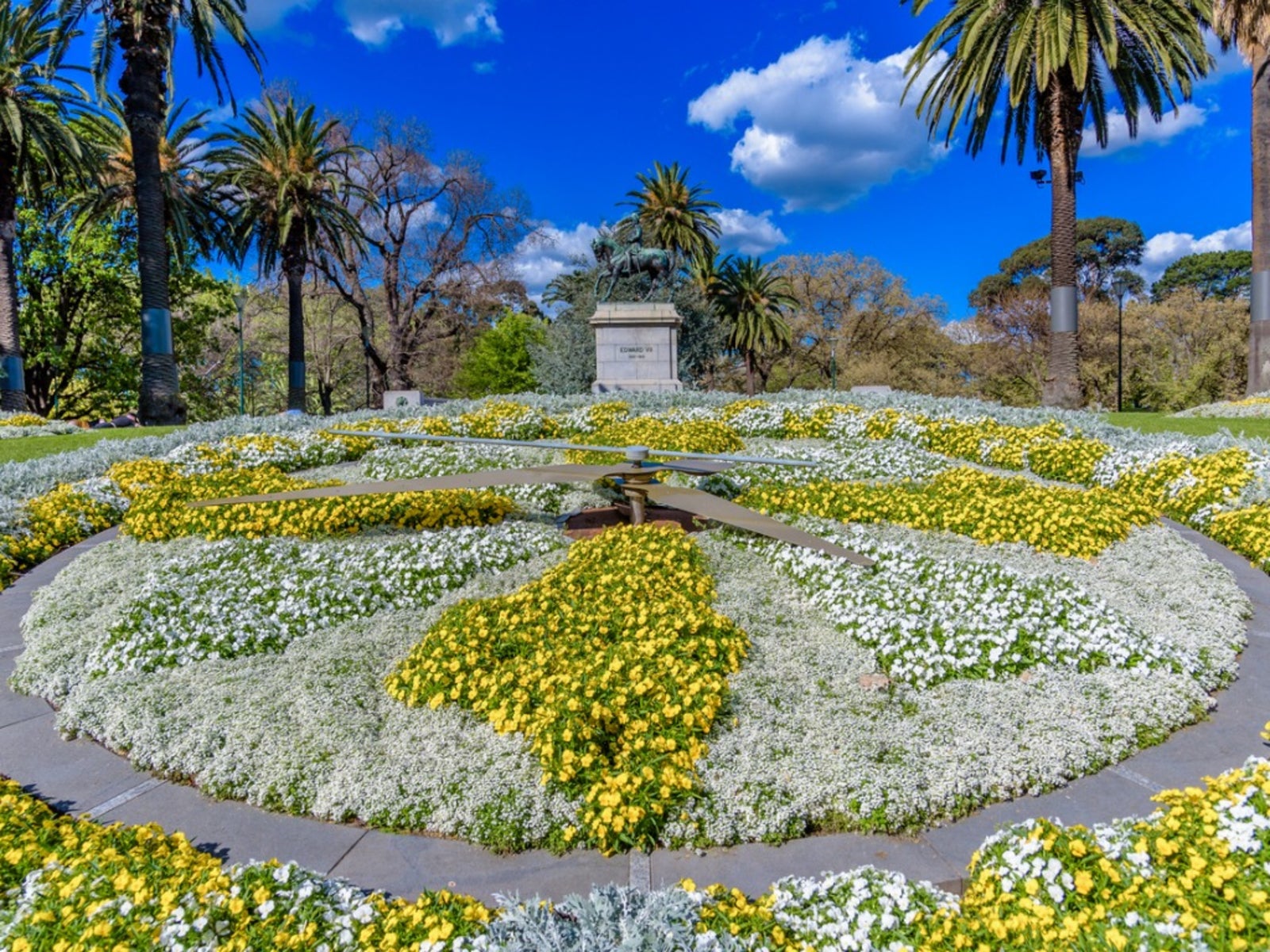Writing With Bedding Plants: Tips On Forming Pictures Or Words With Plants


Using flowers to make words is a fun way to create a colorful display that is uniquely yours. Writing with bedding plants is a technique often used to display a company name or logo, or to denote the name of a park or public event. However, you can easily learn how to plant flowers to spell out words in your own garden. Read more about forming words with plants.
Writing with Bedding Plants
Using flowers to make words involves planting colorful flowering plants, usually annuals, close together so that they resemble a carpet – which is why this method of planting may also be referred to as carpet bedding. Forming words with plants works best if you have a fairly large space too. This allows you the room to spell out a word, like a name, or even to create interesting shapes or geometric designs.
Choosing Carpet Bedding Plants
Look for dense, low-growing plants for carpet bedding in gardens. The plants should be bold colors that will show up. Limit your design to a single color for each letter. A few examples of carpet bedding plants include:
How to Plant Flowers to Spell Out Words or Pictures
- Plan your design on a piece of graph paper.
- Loosen the soil and dig in compost or manure if the soil is poor.
- Rake out rocks, then smooth the soil with the back of your rake.
- Mark the letters with sand or spray chalk, or outline the letters with stakes.
- Arrange the plants evenly in the design area. Allow 6 to 12 inches (15 to 30 cm.) between each plant. (Plants should be dense, but allow enough air circulation between plants to prevent fungus and other moisture-related diseases.)
- Water immediately after planting.
That’s it! Now that you know how to create your own carpet bedding design, get started and put your garden plants into words.
Gardening tips, videos, info and more delivered right to your inbox!
Sign up for the Gardening Know How newsletter today and receive a free copy of our e-book "How to Grow Delicious Tomatoes".

A Credentialed Garden Writer, Mary H. Dyer was with Gardening Know How in the very beginning, publishing articles as early as 2007.
-
 Looking For Plants To Give You The Soft And Fuzzies? Try These 5 Fuzzy Leaf Plant Options
Looking For Plants To Give You The Soft And Fuzzies? Try These 5 Fuzzy Leaf Plant OptionsLovers of texture, drama, silver foliage and tactile plants will adore these special sensory garden additions. These fuzzy leaf plant options will leave you all aglow
By Susan Albert
-
 Get Ready For A Summer Of Hummers! Grow These Full Sun Hummingbird Plants and Flowers
Get Ready For A Summer Of Hummers! Grow These Full Sun Hummingbird Plants and FlowersIf you’re lucky enough to enjoy a sunny backyard, make sure you are maxing out on your pollinator opportunities and grow these full sun hummingbird plants and flowers
By Tonya Barnett